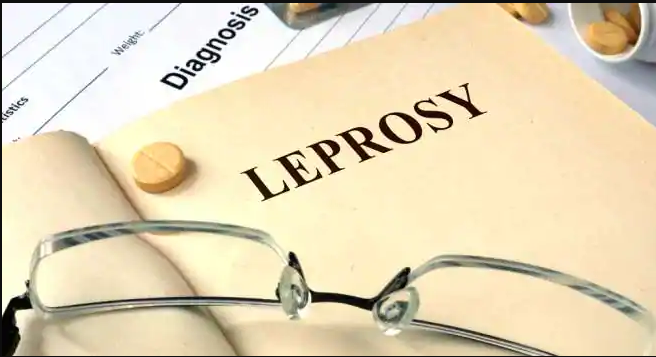Bhubaneswar: With gross neglect by the state health department towards leprosy health care, people living with the contagious disease in the state are suffering in silence. The department seems to be faltering in screening, treatment and rehabilitation of the patients living with the disease.
A massive vacancy of trained paramedic staff for leprosy cases against sanctioned posts and budgetary allocations is a prime reason for the ailing leprosy healthcare in the state and failure of a national programme on leprosy.
The state government in 2004 allowed 404 posts of Para-Medical Workers (PMW) under the National Leprosy Eradication Programme (NLEP) who were trained paramedics entrusted with the task of screening, treatment and rehabilitation of leprosy patients.
Later, the Union health ministry in May 2014 sanctioned 184 additional PMW posts to target leprosy. However, there are around 350 such posts lying vacant in the state. Although this has been taken up in several departmental meetings, no action has been taken in this regard.
“Such huge number of vacancies of specialized para medical staff have resulted in failure in early detection, lack of timely treatment and rehabilitation of leprosy patients. A shortage of PMWs and government apathy over the last decade has led to more cases of disability and infectious leprosy cases,” Bhagwan Pradhan, Life Member of Hind Kustha Nivaran Sangha (HKNS) told Orissa POST.
The state government in 2006-2007 declared Odisha as ‘leprosy free’ by the definition of World Health Organisation (WHO) which claims that less than 1 case per 10000 of population could be used for declaring the region leprosy free. But soon after the declaration and consequent decrease in allocated PMWs and government attention, new cases, infectious leprosy cases and disability have seen a spike.
Statistics have it that the total annual new leprosy cases detected in 2006-07 were 5,088 which almost doubled in 2013-14 to 10,645 and have reached close to 10,000 per year since then. What has made things worse was the increased deformity rate in over last decade, hinting at a lack of timely treatment and screening from the government side.
The deformity rate among leprosy patients was reported to be 1.83 per cent in 2006-2007. But it increased to 11.36 per cent in 2014-15 and the situation remained alarming. But the state government never looked at the issue of massive vacancies of staff taking care of leprosy cases.
In another sign of top level neglect, the executive committee meeting of the Hind Kustha Nivaran Mahasangha which has Governor as its president, Chief Minister as its vice president and the health minister as the chairman never had a single meeting over last nine years, an official in the state government said.
Experts now opine that with the Centre planning to declare India leprosy free by October 2, 2019, the condition of patients in Odisha is only going to worsen.
People working with leprosy patients claim that even the total number of cases in Odisha is far higher than what is reported in government documents. Some activists also alleged that government officials are deliberately trying to underreport new cases and even shy away from the assistance that the Centre is ready to offer.
Nevertheless, poor implementation of the Centre’s Disability Prevention and Medical Rehabilitation programme is said to have suffered a setback which leads to more cases of amputations in leprosy and leprosy cured persons.
Manish Kumar, OP
